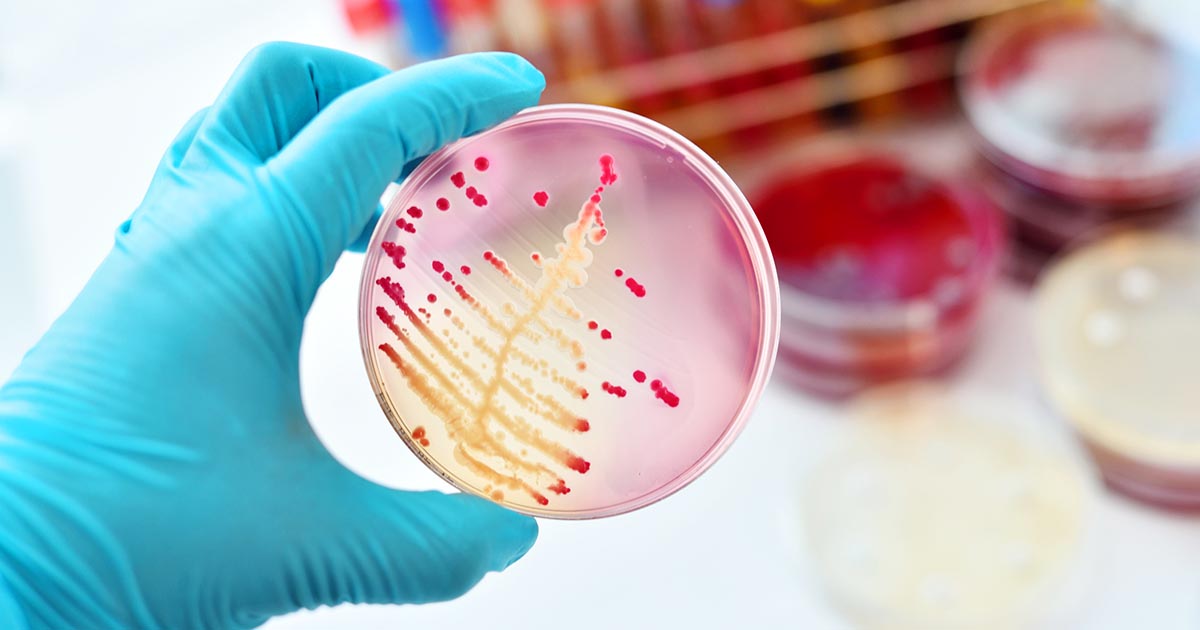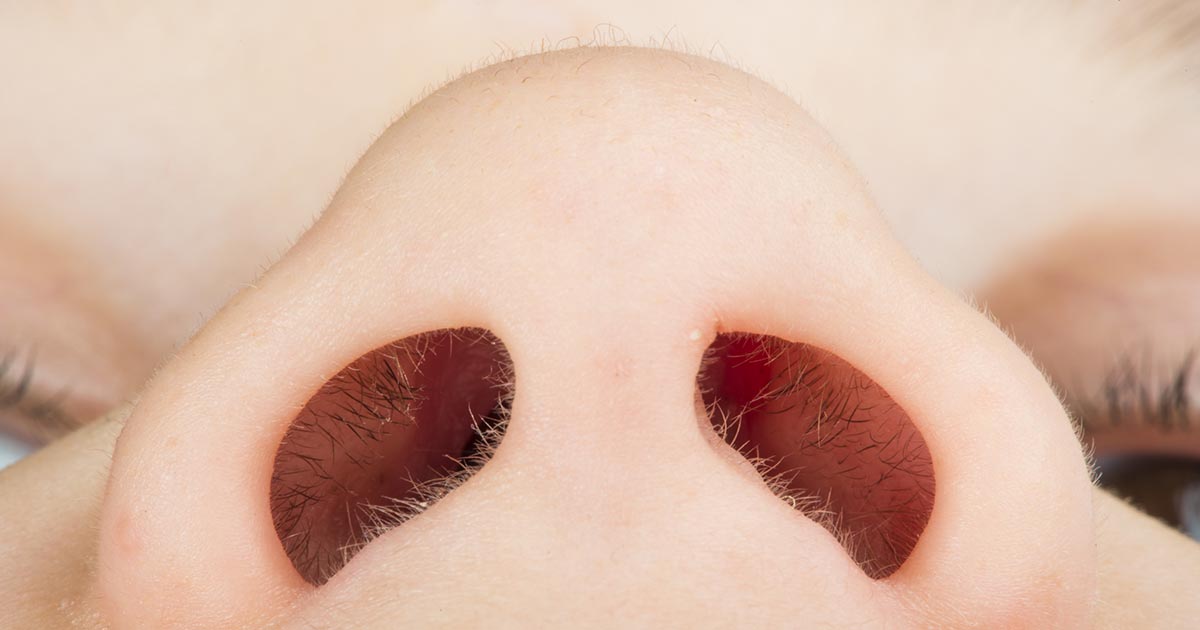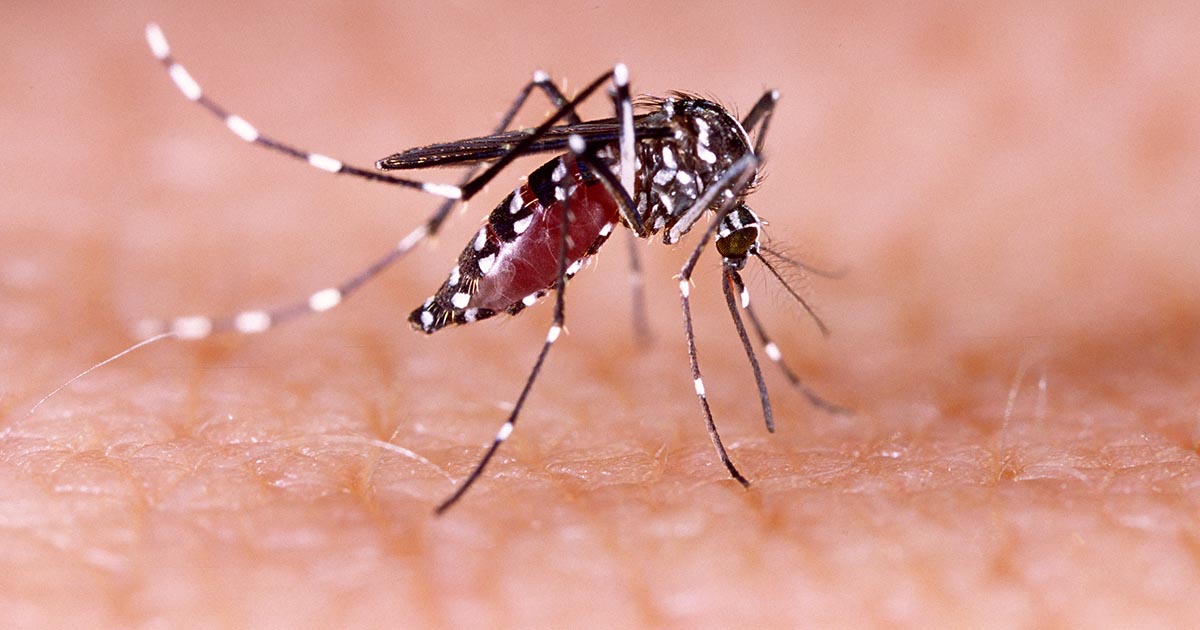Transmission And Causes Of Leprosy
Hansen's disease, a condition most individuals know as leprosy, is a disease caused by the bacteria Mycobacterium leprae. It is classified as a chronic granulomatous disease because it is relatively slow developing and it causes inflammatory nodules to form in the skin. In this way, it is similar to tuberculosis. Historically, leprosy affected almost every culture and was a significant source of panic. There was no cure, and it was considered a horrible, slow way to be disfigured and eventually die. Lepers were ostracized and forced to live among themselves in special 'leper colonies.' Today, leprosy is not nearly as terrible of a diagnosis. The disease is entirely curable with modern treatment options. Although less common, individuals can still get this disease in many ways. Learn about the transmission and causes of leprosy now.
Slow-Growing Bacteria

One of the things that sets leprosy apart from other bacterial diseases is how slowly it progresses. Most bacteria can reproduce in a matter of hours or even minutes. Mycobacterium leprae, on the other hand, can take twelve to fourteen days to reproduce. Scientists have yet to find a way to culture this bacteria on artificial media. This type of bacteria is considered an 'obligate intracellular' due to the fact it can only survive in humans and certain animals. This slow-growing bacteria favors the macrophages and Schwann cells in the body. Another characteristic of Mycobacterium leprae is it thrives in environments between 80.9 and 86 degrees Fahrenheit, which is why it is commonly found on the extremities. Examples include the nose, ears, hands, feet, and even the eyes.
Keep reading to learn more about the transmission and causes of leprosy now.
Contact With Infected Persons

The main reason leper colonies existed was because individuals were terrified if they so much as touched someone with leprosy they, too, would be afflicted. However, scientists now know this is not the case at all. In fact, it takes prolonged contact with an infected person to contract the disease. Even then, the individual with leprosy can only transmit it if they are not undergoing treatment. Despite the stigma, there is no reason to fear shaking the hands of a leprosy patient. The same is true of more intimate things, like hugging and kissing, as leprosy is not considered a sexually transmitted disease. Mothers with leprosy do not even need to worry about it affecting their unborn baby.
Continue for more on the transmission and causes of leprosy now.
Respiratory Transmission

Even today, the exact way leprosy is spread is not one hundred percent known. According to the World Health Organization, respiratory transmission as a theory is becoming more popular among scientists. This theory states the bacteria enters the body through the nose and spreads from there. It is transmitted from infected individuals through their nasal droplets and secretions. Another way the bacteria may gain entry into the body is through cuts or other breaks in the skin. So far, research has shown the bacteria cannot penetrate through intact skin. As a result, the only way to actively avoid contracting leprosy is to avoid the nasal secretions of anyone who has the disease and is not being treated.
It's time to move onto the next possible method of transmission of leprosy.
Transmission Through Insects

Mosquitoes get blamed for the transmission of many diseases, including leprosy to an extent. Much research has been done into whether or not mosquitoes can transmit acid-fast bacilli (AFB), the type of bacteria Mycobacterium leprae is. Scientists are trying to learn if mosquitoes can be carriers, both in larvae and adult form, though more research is necessary to know if the bacteria responsible for leprosy can survive throughout the mosquito development cycle. While it is true mosquitoes spread things like malaria and West Nile virus, it is not known definitively if they can transmit leprosy. This is true of all insects. Discovering whether or not the transmission of leprosy through insects is possible will be an important step in eradicating the disease.
Get to know more about what can result in leprosy now.
Inherited Susceptibility

Although leprosy is not passed down through genetics, research strongly suggests individuals can have an inherited susceptibility for it. This means they are more likely than others to actually get the disease if they come in contact with the bacteria that causes it. So far, the pattern for inheritance is not known. Sometimes, entire populations are more susceptible to leprosy, which is one of the reasons 250,000 new cases are still reported each year. One of the main ways individuals with an increased inherited susceptibility to leprosy differ from everyone else involves their single nucleotide polymorphisms (SNPs). As a result, this is a major area of research to help determine an individual's risk level.